Watershed Management in Anantapur - interventions by SEDSNGO
Email interview Mrs. Manil Joshua SEDS Anantapur
1.
What are the rural development
initiatives undertaken by SEDS?
·
Afforestation
·
Vocational Training Programme
·
Food for work programme
·
Self Help Groups for women
·
Water shed programme
·
Dry land
horticulture and reforestation
·
Natural Resources Management
·
Safe
Drinking Water & Repair of Hand pumps
·
Health and Sanitation Programme
·
Flood relief
programme
·
Fish Fingerlings
·
Balwadi Centres
·
Kitchen Gardens
·
Plantation
·
Land and Agricultural Development programme
·
Community organisation
·
Old people programme
·
Sustainable Agriculture
·
Tank Desilting
·
Child Sponsorship programme
·
Education
·
Biogas
·
Low Carbon Farming
2.
How many women have benefited from
SEDS’s gender initiatives? What are the gender interventions?
·
About 40,000
·
SHG’s, Biogas programmes, Vocational
Training programme and watershed
3.
How many watersheds have been
developed by SEDS? What is the approximate catchment area for these watersheds?
·
22 water sheds and 27170 sha of
catchment area
4.
How much area of rural afforestation
has been undertaken by SEDS? What are the kinds of usufruct trees planted up by
SEDS in these areas?
·
45000 hectares
·
Tamarind, Neem, Pongamia, Glyricidia,
Erythrina, Mango, Guava, Bher, Acacia, Aurcliformis, Badam, Coconut, Sapota,
Jamoon, Custard Apple, Palmyra, Flous, Stylosanthus hamata, Eucalyptus, Casu
Rina, Pithacas, Toddy, Khus Khus, Bogenvella, Alovera, Marri, Cassia Siama,
Tecoma, Jamlam etc..
5.
Any agroforestry initiatives /
interventions? If yes details of acreage, kinds of trees, number of employees
and beneficiaries. Any soil conservation measures undertaken?
·
Counter trenching, Bunding, pitting,
bund plantation and Horticulture plantation
·
45000 hectares
·
Neem, glyricidia, accasia, Pongamia,
Erythrina, Mango, Guava, Bher, Acacia, Aurcliformis, Badam, Coconut, Sapota,
Jamoon, Custard Apple, Palmyra, , Stylosanthus hamata, Eucalyptus. Casuarinas etc.
·
30 employees and approx. 2500
beneficiaries
·
Counter bunding, check dams, gully
checks, spill ways etc..
6.
For how long has SEDS been active in
these areas?
·
40 years
7.
Please explain in simple language how
SEDS played a critical role in replenishing ground water table in desertified
Anantapur. How long did it take to replenish ground water table? What methods
helped in this ground water replenishment?
·
As Anantapur is the second most
drought prone area in India and much of its natural resources are depleted, it
soon became clear that environmental problems would have to be tackled first,
if peoples’ livelihoods were to be made sustainable. Starting in 10 villages
near the small town of Penukonda a scheme of pioneering work was developed
which aimed to empower local communities and improve their environment.
Initially small nurseries were started for homestead plantations and planting
of avenue trees along village roads. Re-a-forestation and more sustainable
agricultural practices were introduced. From 1990, SEDS started using a more
participatory approach, through the formation of Community Based Organizations.
Involving the communities more in the effort made them actual stakeholders in
the development process of the region. Throughout the years the scope and area
of the work increased and the fruits of the sustained efforts became visible in
the greener environment and the enthusiasm of the communities.
· Natural Resource Management, especially watershed management, was the first initiative that SEDS was involved in. Anantpur was the second-most drought prone area in the country. Barren land and loose topsoil made growing crops a very difficult task. The first task was to conserve the little rain that the land received. At first, trenches were dug at the base of hills where it had been observed that rainwater washed down.
·
Gradually, vegetation began to grow
around the perimeter of these check dams. More check dams were built and the
groundwater levels began to rise. With more water, local varieties of
vegetation were introduced to bind and preserve the topsoil. With better
topsoil, the crop yield improved.
8.
Please profile the SEDS’s
interventions in the fields of agroforestry, menstrual hygiene gender
perspectives, rural education, soil conservation and restoration of soil
nutrition / restoration of sweet water and treatment of brackish water in the
ground water table if any…
·
Food for work programme, Watershed
management, Community Organisation, SHG, Child Sponsorship programme and plantation
programme
·
Hand pumps and Bore wells Drilling and
repair, Safe drinking water programme
9.
Any interventions in dry land farming
and micro finance? If yes please put in a nutshell. And connect me to the
beneficiaries in all fields / interventions as I need loads of voices / quotes.
·
Pot irrigation, Drip irrigation,
Mulching, water storage ponds, water harvesting ponds etc.
·
Beneficiary details are not available
10.
Ecological benefits of watershed
management, rain water harvesting, ground water replenishment for man and
beast.
·
Ground water level and soil fertility
increased, cultivation area increased, Forestry developed, livestock increased
and Natural resources developed etc. Drinking water trough sunder drought
relief work was taken up
11.
Any interventions in livestock farming
and poultry? Microfinance in this area? Please network me with beneficiaries.
·
Ram lamb programme, Giri raja chickens
distribution for SHG’s
·
Finance to the SHG groups for the
Milch animals
12.
Dry land farming and millet / lentil
farming for rural populace of Anantapur? Beneficiaries?
·
Approx. 2500 acres of dry land farming
was done
·
Foxtail millet was promoted on a large
scale
·
Beneficiaries data not available
13.
How many people were employed in
watershed management and how many have benefitted? Statistics and contact
details of beneficiaries please.
·
300 members and 50000 beneficiaries



















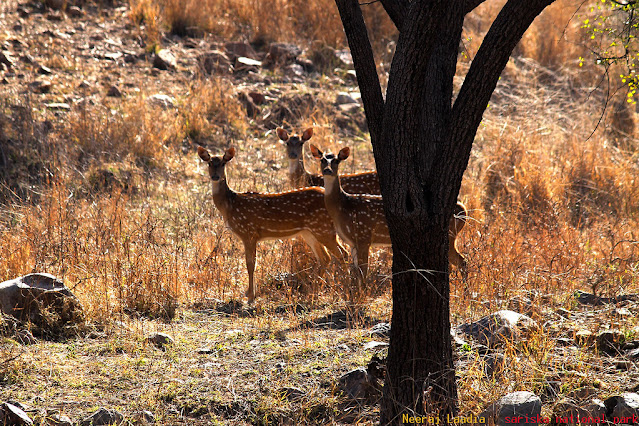








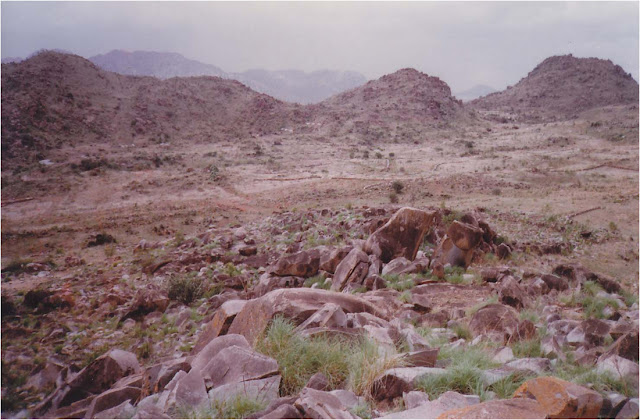















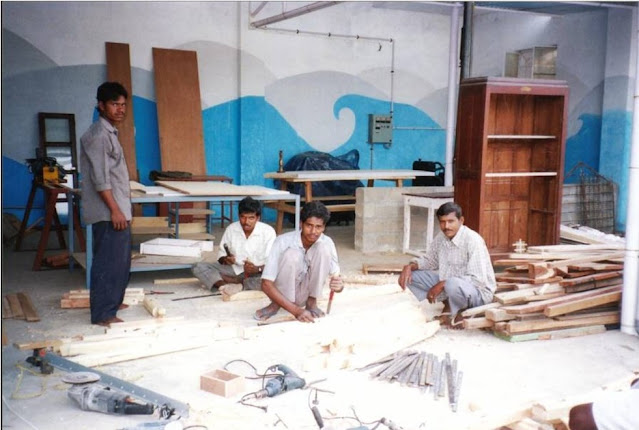














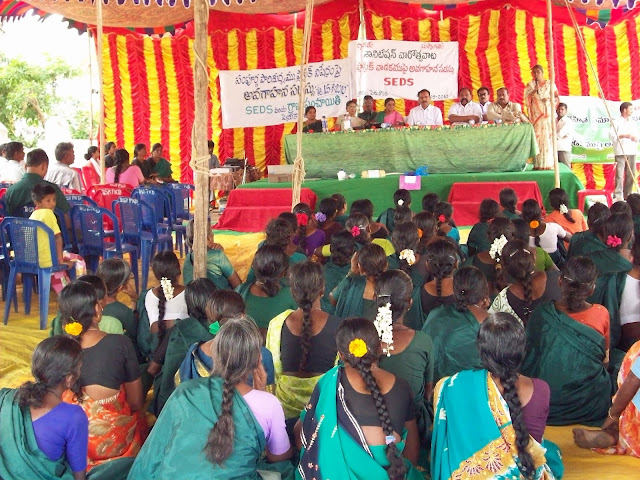





















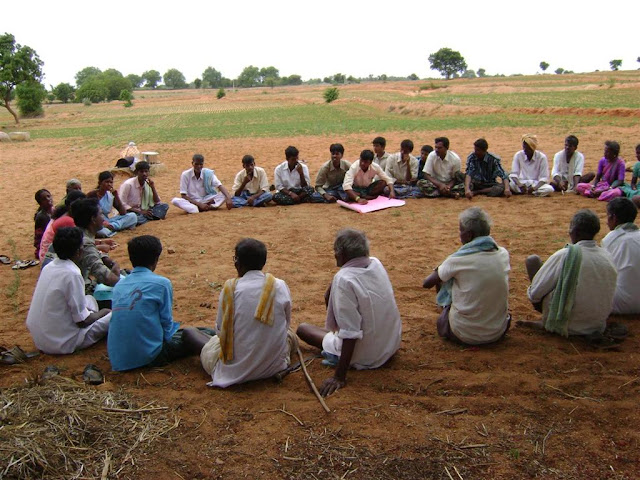


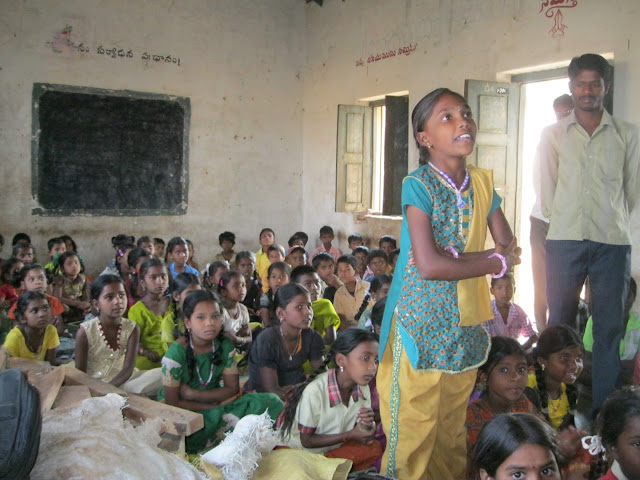























































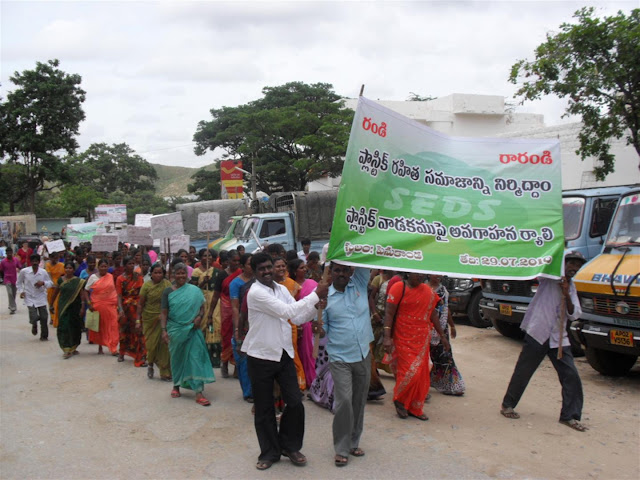








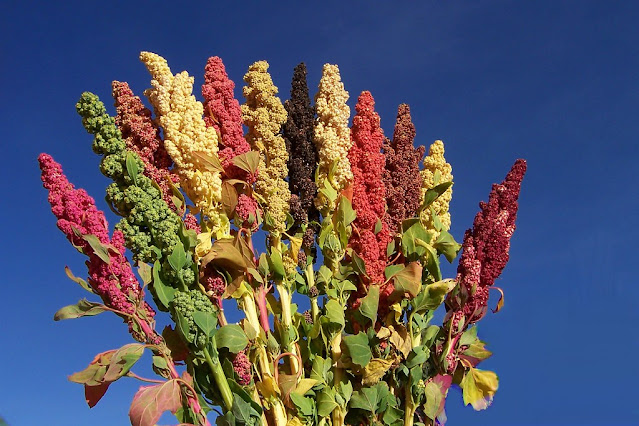
Comments
Post a Comment